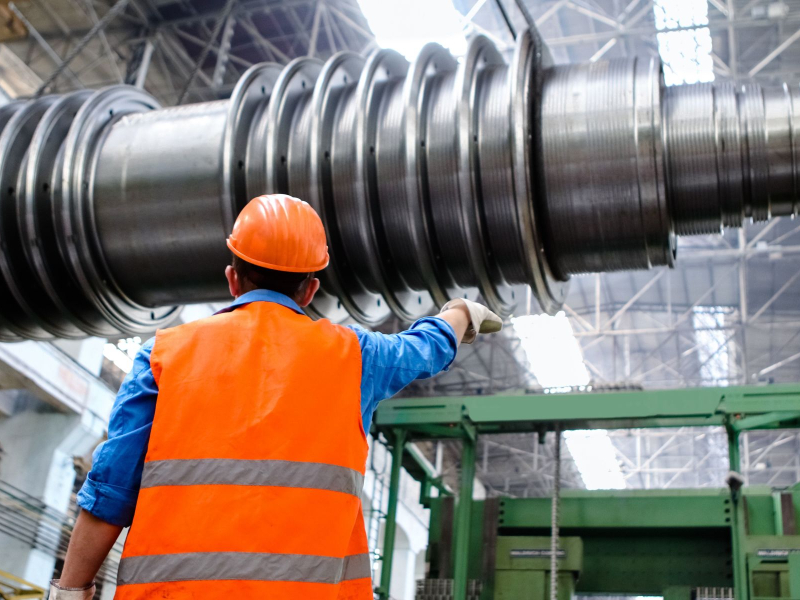Investing in manufacturing equipment requires time and attention on top of money. After the initial purchase and setup, it has to be monitored and kept in shape. Here are a few reasons why maintaining your equipment properly is of critical importance to your business.
It keeps operations going smoothly
Workflows easily when the equipment is new. It’s in top shape so it produces top results and reduced the possibility of an emergency or malfunction. This might look different for each piece of machinery, but there will be some optimum values you can count on. Your task is to keep those values from falling (much).
With equipment that runs smoothly, work gets done on schedule or even ahead of time. The business achieves a: better bottom line and develops a better reputation for efficiency and reliability. The key to preserving that is preventive maintenance.
It saves you effort in fixing problems
If something isn’t functioning quite as it should but is still functioning, it’s tempting to just work around that. However, sweeping small issues under the rug tends to result in big problems down the line. More complex issues cost more to repair, and not just for the new parts.
Large repairs mean longer downtime. You won’t be able to keep up with your project timeline, nor take up new work. You will still have to pay employees who are losing hours because they’re scheduled to work with a defunct machine. The work environment becomes inefficient, tense, and unproductive. Profit, morale, and reputation suffer.
On top of that, if you want to speed up the repair process, that again costs more. Expedited delivery of tools, parts, or materials, emergency response from specialist maintenance services if you have to bring them in from the outside, it all stacks up into massive fees. Better to invest in more frequent small touch-ups than to let them snowball into multifaceted problems.
It saves you money on replacements
Maintenance is cheaper than replacement in the long run. If you commit to buying quality oilfield equipment at the outset, you will face fewer expenses for keeping it in good condition. Lower-quality machines and parts may be tempting due to their bargain prices, but they’re also more susceptible to damage, more prone to operational errors, and wear down faster. You have to replace them more often, so you end up spending more in total.
Opting for bargain equipment is a tolerable short-term fix. Being patient and investing in high-tier machines is what sustains manufacturing years down the road. It’s alright to acquire just one or two at a time, but do have an approximate timeframe for upgrading the entire production line.
It increases the resale value
There are several things to consider when burying machinery, one of them being its resale value. Even if you made quality investments from the start, there’s a high chance that you’ll want to sell some equipment later on. Technology keeps advancing, after all, and it’s natural for a business to want to upgrade to newer and better models. It’s also natural to want to get the most you can out of it.
For that purpose, you want to keep detailed maintenance records. Buying used machines (production, vehicles, anything) comes with questions, such as:
- Is this machine safe and reliable?
- Has this equipment ever been damaged?
- Has the damage left any consequences that still affect performance?
- What parts have been replaced over the years?
- What needed fixing and how was it done?
In other words, buyers will want to know the equipment’s maintenance history. Detailed service documentation proves your credibility and lets you ask for a higher price – and be justified in doing so.
It reduces the chances of injury and death
Last but not least, proper maintenance reduces the risk of workplace injury or fatality resulting from equipment malfunction or failure. Safety training can only do so much. If the hardware is faulty, the safety procedures are faulty.
Conscientious maintenance is a form of worker protection. Arrange for regular inspections of your machinery, e.g. once a month. Consider categorizing issues by how dangerous they are, and prioritize resolving those that directly put the life or physical well-being of your employees at risk.



